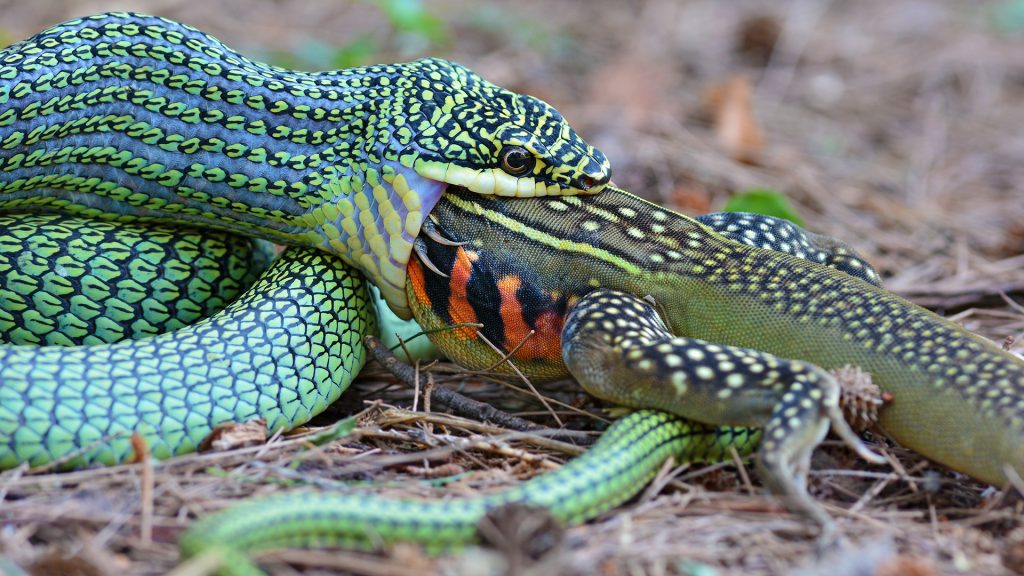Snakes are often seen as mysterious and even feared creatures, but what eats snakes? For many animals, snakes make up an important part of their diet, and these predators are the ones that keep snake populations in check. In this article, we’ll explore the various creatures that prey on snakes and the strategies they use to ensure successful hunts.
Types of Snakes
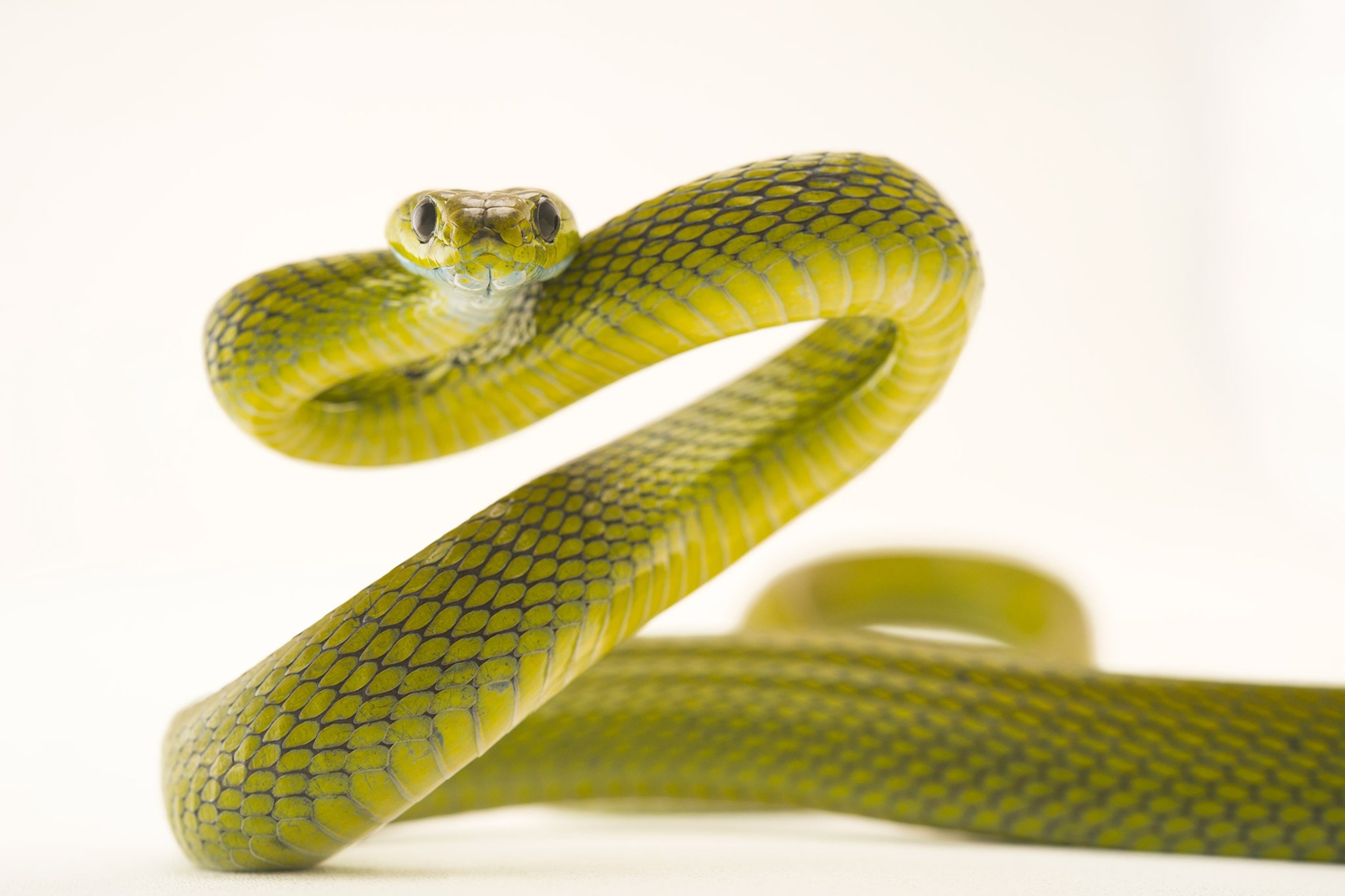
Snakes come in a wide variety of shapes and sizes, and can be found in almost every continent in the world. Some of the most common types of snakes are:
• Pythons: Pythons are large, non-venomous snakes that are found in Africa, Asia and Australia. They typically feed on small mammals, birds, and other reptiles.
• Boas: Boas are large constrictors that are found in Central and South America. They feed on small mammals, birds and other reptiles.
• Rat Snakes: Rat snakes are non-venomous constrictors that are found in North America. They feed on rats, mice, and other small mammals.
• Coral Snakes: Coral snakes are venomous snakes that are found in the United States, Mexico, and Central America. They feed on small reptiles, amphibians, and insects.
• Sea Snakes: Sea snakes are venomous snakes that are found in the waters of the Indian and Pacific Oceans. They feed on fish, eels, and other small aquatic creatures.
• Cobras: Cobras are venomous snakes that are found in Africa, Asia, and Australia. They feed on small mammals, birds, and other reptiles.
• Viper Snakes: Viper snakes are venomous snakes that are found in Europe and Asia. They feed on small mammals, birds, and other reptiles.
Predators of Snakes
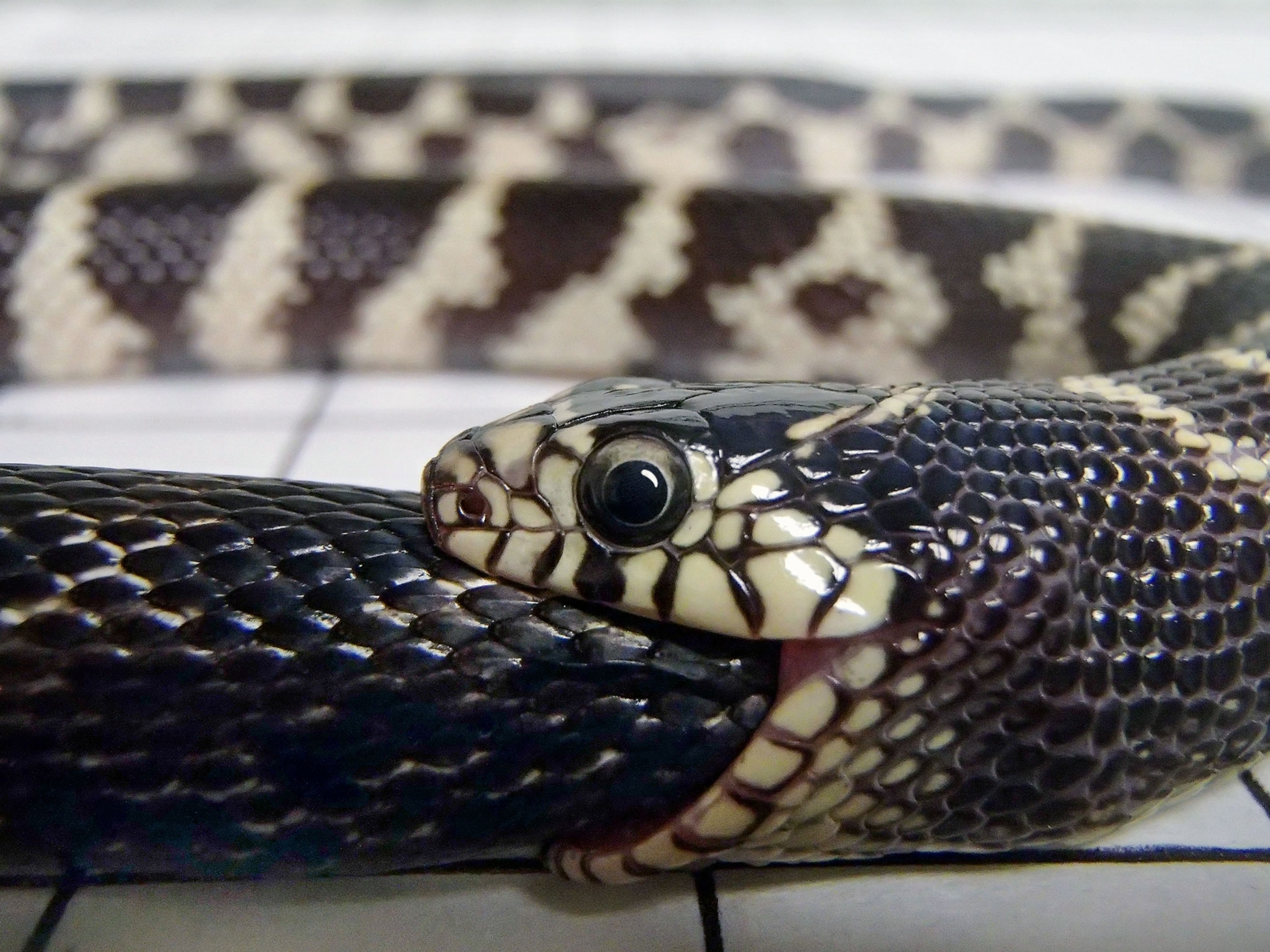
Birds
Birds of prey, such as hawks and eagles, often hunt and eat snakes. Ground-dwelling birds, such as roadrunners, will also take snakes.
Mammals
Mammals such as foxes, coyotes, badgers, and weasels may catch and eat snakes. Large mammals such as bears and wolves may eat snakes on occasion.
Reptiles
Larger reptiles like alligators and crocodiles feed on snakes. Some small lizards also hunt and eat small snakes.
Amphibians
Certain species of frogs and toads will eat snakes, particularly smaller species.
Fish
Fish like pike, piranhas and gar are known to eat snakes that enter their waters.
Insects
Certain species of large predatory insects like mantises, spiders and centipedes may feed on small snakes.
Tactics of Prey and Predators
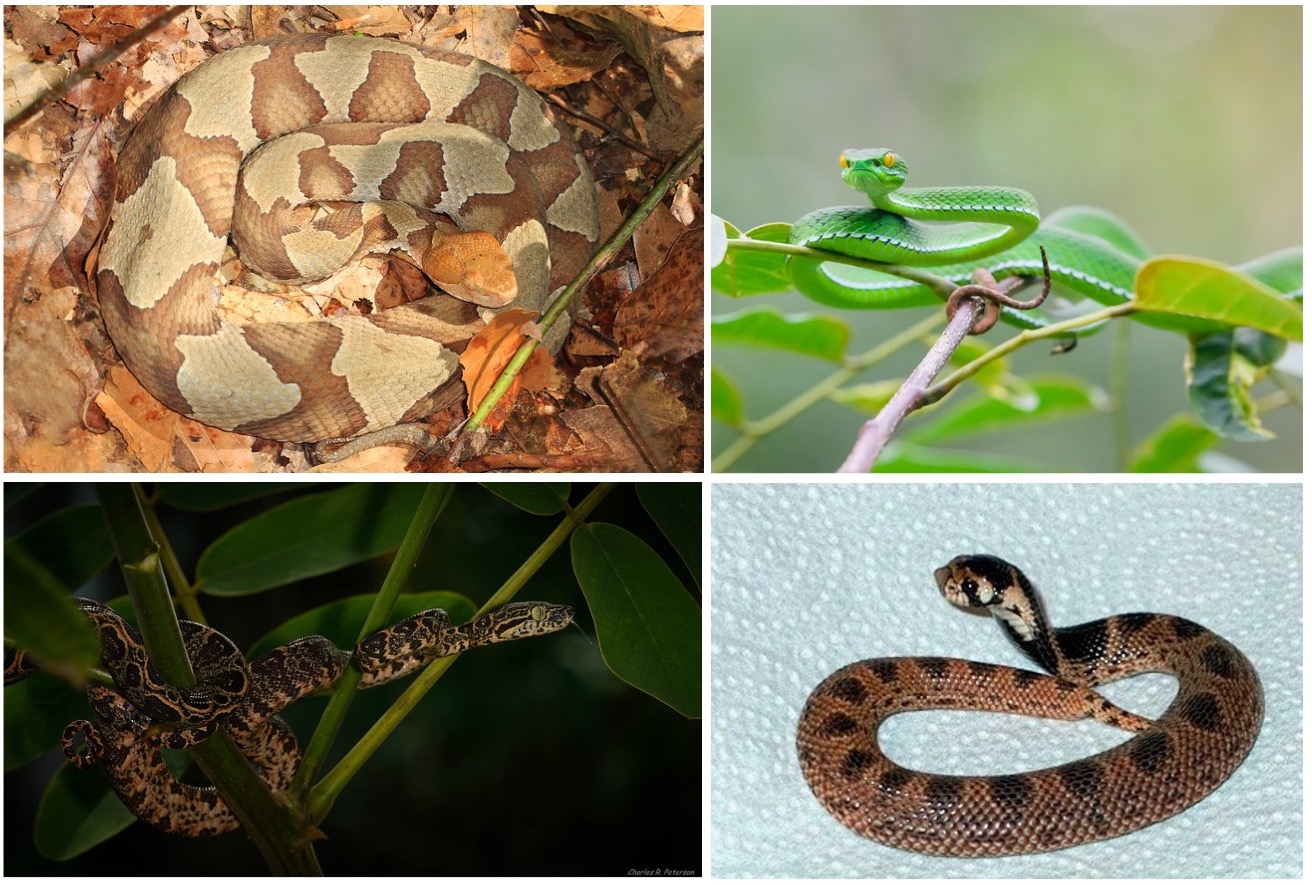
Snakes are both predators and prey, depending on the species. Predators of snakes include larger birds, mammals and other reptiles. These predators typically use a combination of tactics to capture and kill their prey. Birds of prey, such as hawks and owls, typically use a combination of speed and agility to swoop down and grab a snake. Larger mammals, such as foxes, typically use either a combination of speed and agility or ambush tactics to catch a snake. Finally, other reptiles, such as larger lizards, typically use ambush tactics to catch a snake.
Prey of snakes typically employ a combination of tactics to evade capture. Small mammals, such as rodents, typically use speed and agility to outrun a snake. Larger mammals, such as deer, typically use a combination of speed and agility to outrun a snake. Other reptiles, such as smaller lizards, typically use a combination of speed and agility to outrun a snake. Finally, birds typically use a combination of speed and agility to outmaneuver a snake.
Protection of Snakes
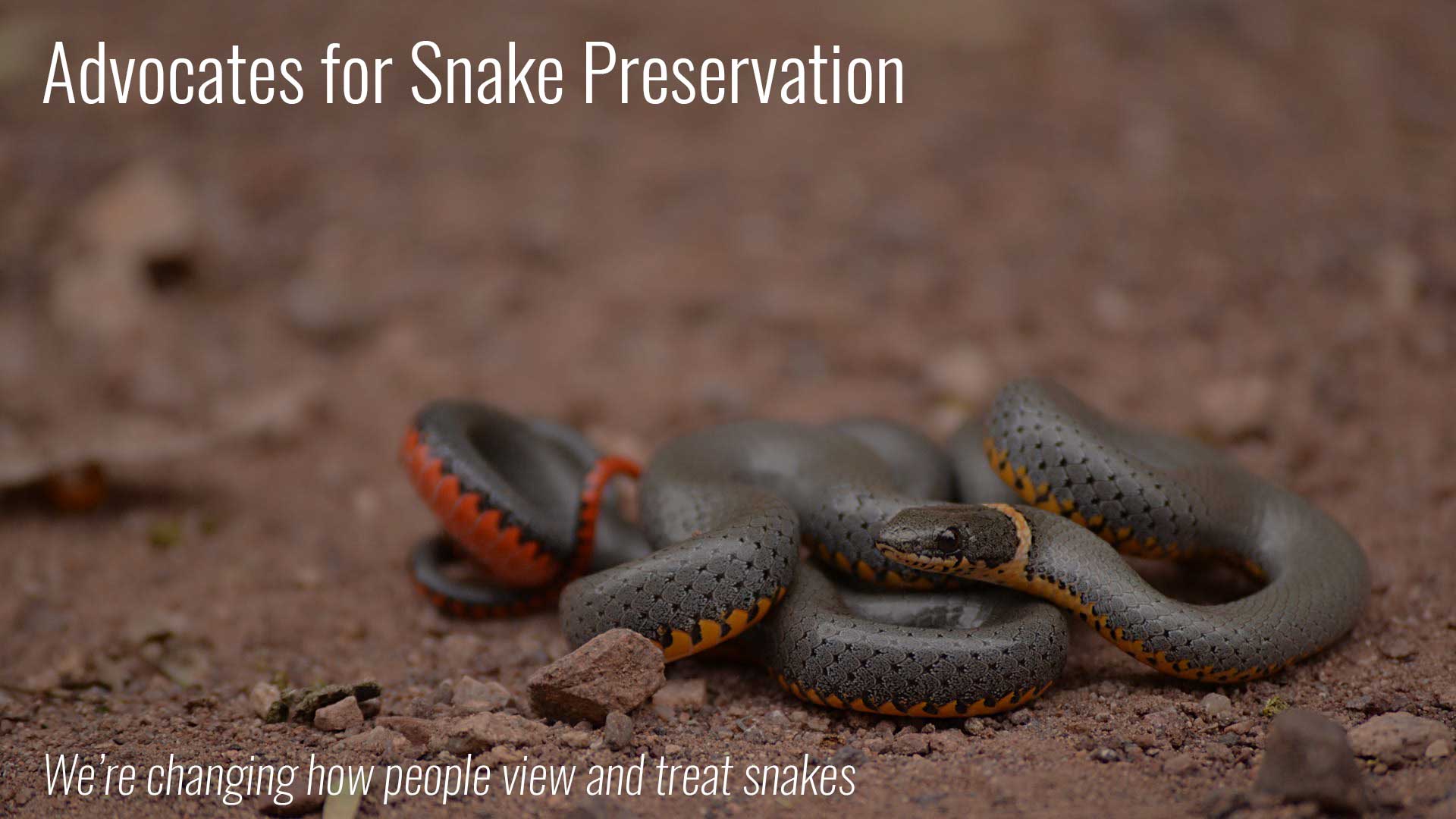
Snakes are an essential part of the ecosystem, and as such, they need to be protected. The primary way to protect snakes is by limiting human disturbance in their habitats. This includes limiting habitat destruction and fragmentation, reducing pollution, and controlling the spread of invasive species. Additionally, the public needs to be educated about the importance of snakes in the environment. People should be made aware of the ecological services that snakes provide, such as pest control, and be taught to respect the animals. People should also be taught to identify and avoid unsafe snakes, and to contact experts for assistance if a snake is encountered. Finally, laws and regulations should be put in place to protect snakes from illegal hunting and poaching.
Disadvantages of Eating Snakes
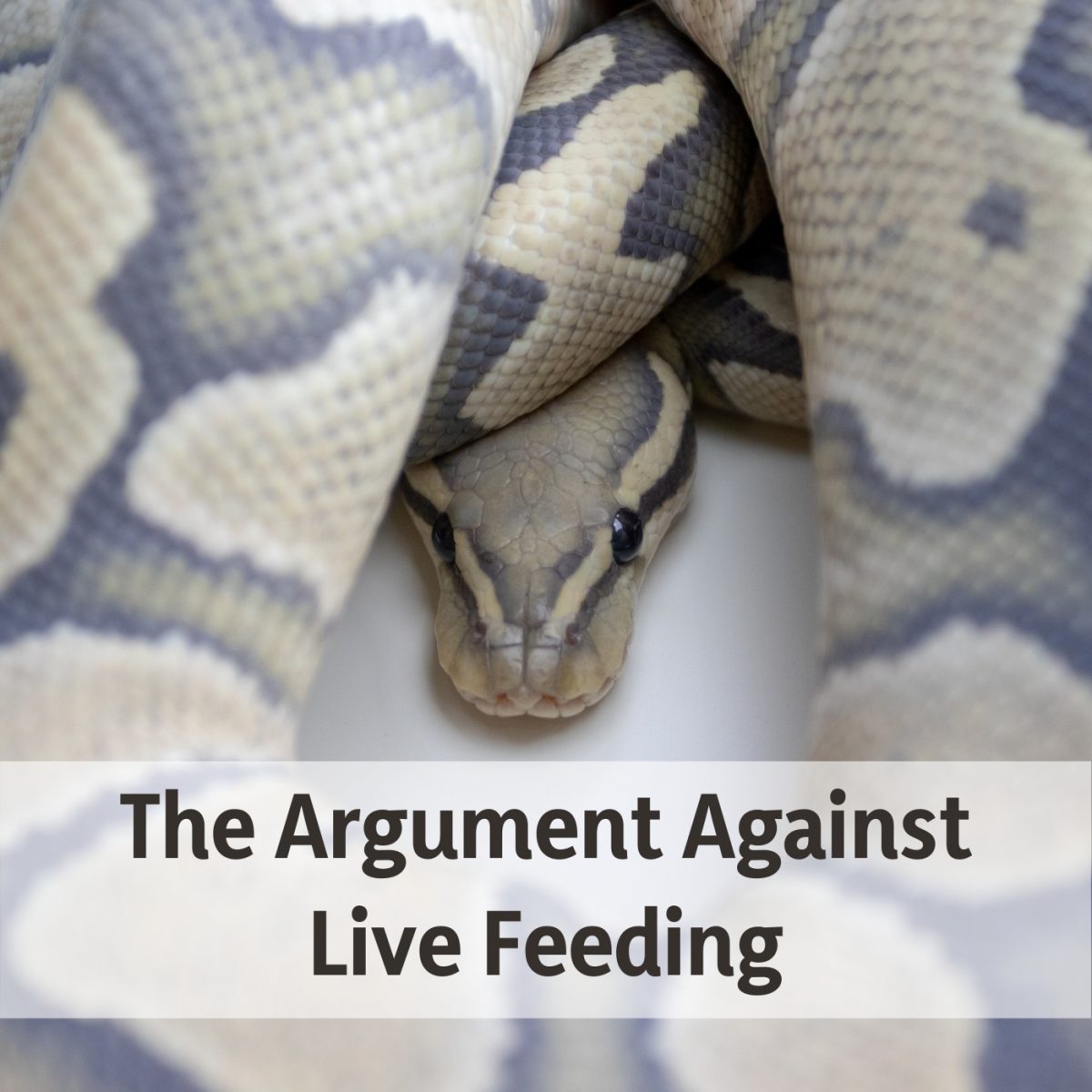
Eating snakes is not recommended for everyone and can be dangerous for one’s health. Snakes are known to carry bacteria, parasites and viruses that can cause food-borne illnesses. Eating undercooked or raw snakes can increase the risk of contracting salmonella poisoning or other illnesses. Furthermore, snakes are high in fat and cholesterol, which can increase the risk of heart disease. The fatty acids in the meat may also be difficult for some individuals to digest and can cause indigestion and heartburn. In addition, consuming large amounts of snake meat can lead to an excessive intake of certain vitamins and minerals, which can be toxic.
Impact of Human Activity on Snake Predators
Humans have had a negative impact on snake predators in numerous ways. One of the most significant impacts is habitat destruction, which reduces the habitat of snake predators, making it difficult for them to hunt and find food. Habitat destruction is caused by deforestation, urbanization, and other human activities.
Pollution created by humans can also have an impact on snake predators. Pollution, such as air and water pollution, can lead to health problems, such as respiratory issues and skin conditions, that can affect snake predators. Additionally, pollution can reduce the availability of food sources and make it difficult for snake predators to find food.
Human-induced climate change has also had an impact on snake predators, as it can cause extreme weather and changes in the environment. This can lead to changes in the habitats of snake predators, making it difficult for them to hunt and find food.
Lastly, humans are responsible for the introduction of invasive species, which can compete with snake predators for food and resources. Invasive species can also introduce diseases that can affect snake predators.
Overall, humans have had a significant negative impact on snake predators, making it difficult for them to survive.
Role of Snakes in the Ecosystem
- Snakes keep rodent populations in check, preventing overpopulation, which can lead to destruction of crops and overgrazing.
- Snakes are an important food source for many other animals, such as birds of prey, foxes, and larger snakes.
- Snakes help maintain the balance of other animal populations by keeping their predators in check.
- Snakes are important predators of insects, helping to keep insect populations in balance.
- Snakes help to spread plant seeds by consuming fruits and berries and defecating in new areas, allowing the plants to spread to new areas.
- Snakes are important indicators of the health of an ecosystem, and can act as a warning for potential environmental issues.
Frequently Asked Questions
What Birds Hunt Snakes?
Birds of prey, such as hawks, eagles, falcons, and owls, are known to hunt snakes. These birds are equipped with sharp talons and beaks that can easily kill snakes, as well as other small prey. Hawks and eagles can also use their height and vision to spot prey from high above, and swoop down quickly to catch their target.
What Animals Eat Snakes in the Wild?
In the wild, snakes are a food source for many different animals, including birds of prey, such as hawks, eagles, and owls, as well as other carnivorous mammals like foxes, mongooses, and wild cats. In some cases, large snakes may also be the target of cannibalism by other snakes. Some lizards, such as monitor lizards and alligators, are also known to eat snakes.
What Animals Prey on Snakes in the Desert?
In the desert, many animals prey on snakes, including birds of prey such as hawks, eagles, and owls; carnivorous mammals such as foxes and coyotes; and reptiles such as monitor lizards, alligators and crocodiles. Some snakes also prey on other snakes.
What Predators Feed on Snakes in Their Natural Habitats?
Snakes have a wide range of predators that feed on them in their natural habitats. Depending on the species of snake, predators include birds of prey, such as hawks, eagles, and owls; carnivorous mammals, such as foxes, coyotes, and bobcats; and other reptiles, such as larger snakes, alligators, and monitor lizards. Some snakes are also preyed upon by frogs, fish, and shrews.
What Creatures Prey on Snakes in the Wild to Survive?
In the wild, snakes are both predators and prey. Predators of snakes include various birds of prey, such as hawks and eagles, as well as mammals like foxes and even other snakes. In some cases, larger snakes will even prey on smaller ones. Snakes are also preyed upon by mongooses, monitor lizards, and hedgehogs. In addition to these animals, some species of ants and centipedes will hunt and eat snakes.
Conclusion
Snakes are preyed upon by a wide variety of predators, ranging from birds of prey, to mammals, to other reptiles and amphibians. Humans are also a major predator of snakes, and the hunting of snakes is a problem in many parts of the world. To ensure the survival of these creatures, conservation efforts must be made to protect the habitats of snakes and to reduce the hunting of snakes for human consumption.
